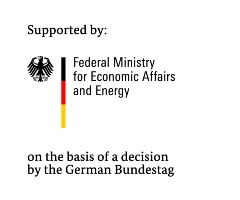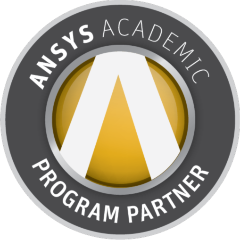Content
Floating lidar buoys provide a flexible and, particularly, cost-effective approach for assessing the wind resources at offshore sites. However, since the buoy motions have an impact on the lidar measurements, it is supposed that a detailed recording and understanding of this impact is an essential pre-requisite for applying the technology at a fully commercial level, in order to utilize the full potential of lidar buoys. It is already recommended practice to monitor external influences – as e.g. relevant sea conditions or atmospheric measurement parameters – in parallel to a lidar-buoy measurement and relate these values to the measurement performance of the system.
The MALIBU project shall go a step further: it is planned to develop a simulation environment for floating lidar buoys and, in a second step, link this simulation model to an uncertainty assessment for floating lidar measurements.
Organisation
Duration:
July 2017 to April 2021
Project coordination:
Stuttgart Wind Energy (SWE) - University of Stuttgart
Finance:
funded by german BMWi
with 407.086,00€ (funding for SWE)
Project partners
Content at SWE
- Development of a simulation environment for floating lidar systems by coupling a reduced buoy model with a simulation environment for lidar measurements
- Validation of the simulation environment for different environmental conditions with measurement data of the „Fraunhofer IWES Wind-Lidar-Boje“ and measurement data of the research platform FINO III
- Determination and forecasting of uncertainties related to wind ressource assessment with floating lidar systems for different site conditions
- Development of a simulation environment for floating lidar systems by coupling a reduced buoy model with a simulation environment for lidar measurements
- Validation of the simulation environment for different environmental conditions with measurement data of the „Fraunhofer IWES Wind-Lidar-Boje“ and measurement data of the research platform FINO III
- Analysis of optimization methods for different buoy configurations to reduce measurement uncertainty
Contact at SWE

Oliver Bischoff
Dipl.-Ing.Research Associate



